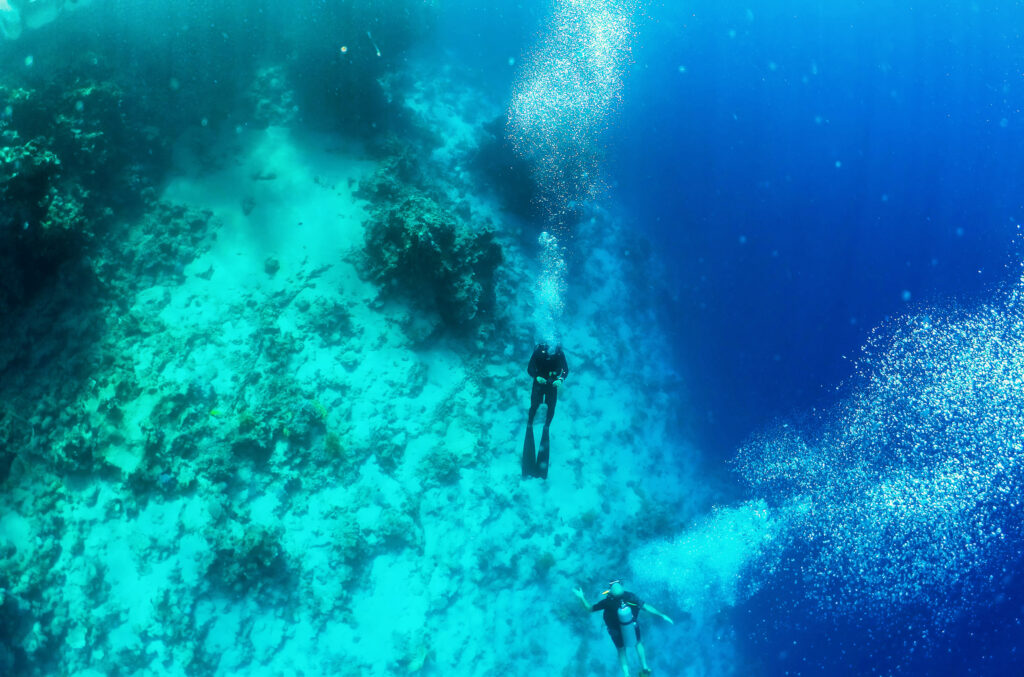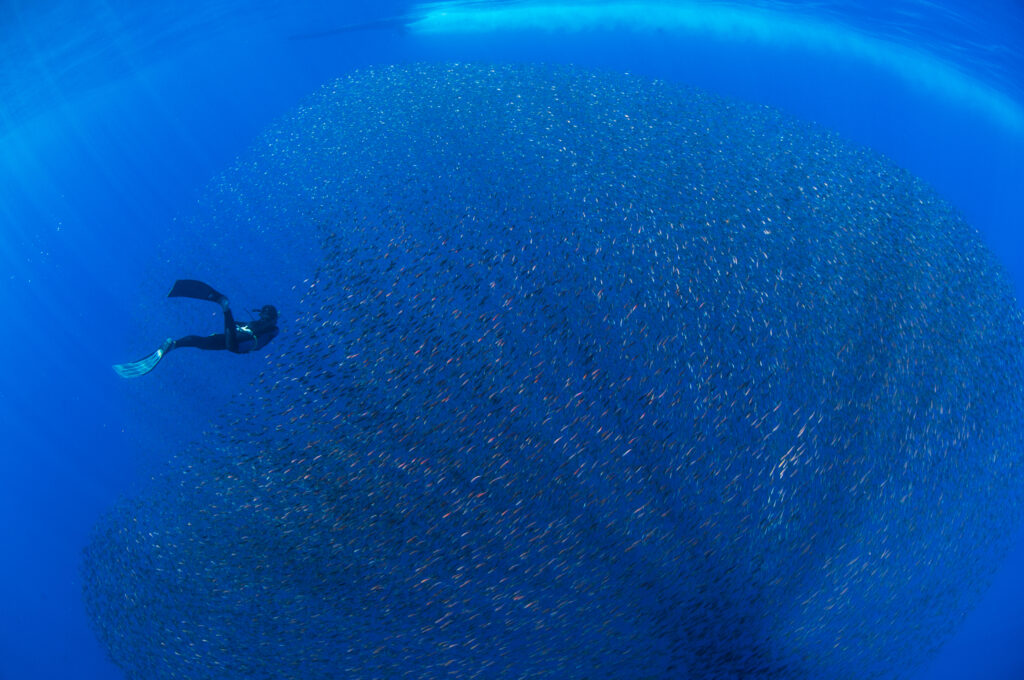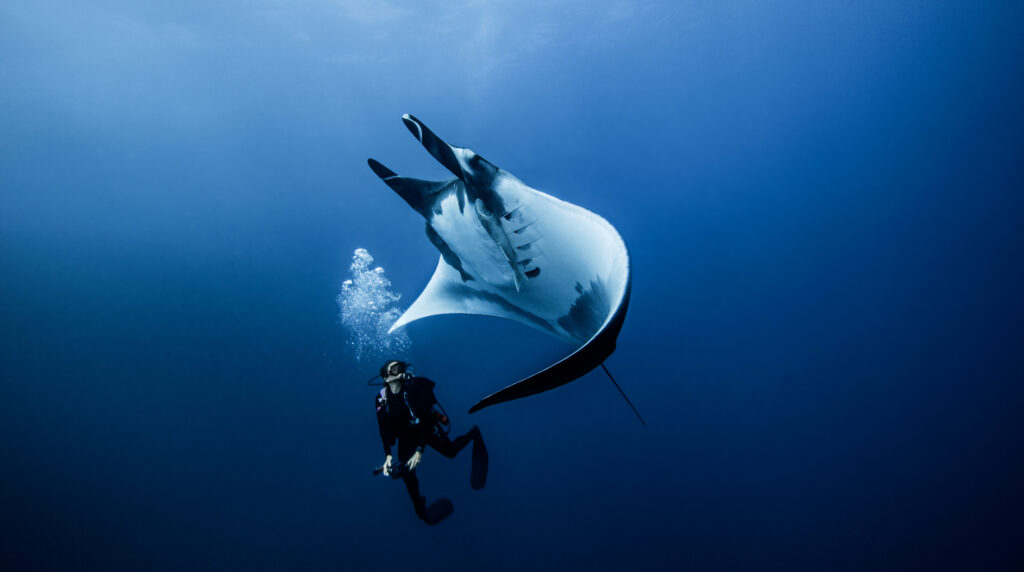What is Partial Pressure?

Partial pressure is a fundamental concept in physics and chemistry, particularly significant in the context of scuba diving. It refers to the pressure exerted by a single type of gas in a mixture of gases. Understanding partial pressure is crucial for divers as it influences how gases are absorbed, transported, and expelled in the human body under varying underwater conditions. This concept helps in comprehending how different gases behave under increased pressures encountered at depth and is essential for ensuring safety and preventing diving-related illnesses.
What is Open Water Diving?

Open water diving is a fundamental form of recreational scuba diving, characterized by diving in natural bodies of water such as oceans, seas, and lakes. Unlike confined water diving, which takes place in controlled environments like swimming pools, open water diving offers divers the opportunity to experience the vastness and diversity of underwater ecosystems. This type of diving typically involves greater depths and more variable conditions, making it both a thrilling and challenging pursuit for enthusiasts of all levels. The concept of open water diving is integral to the sport, providing the foundation for various specialized diving activities and advanced certifications.
What is Intermediate Pressure?

Intermediate pressure is a critical concept in scuba diving, referring to the pressure between the first and second stages of a diver’s regulator system. This pressure is crucial for the proper functioning of the diving equipment, ensuring that the diver can breathe comfortably and safely underwater. Understanding intermediate pressure is essential for both recreational and technical divers, as it affects the overall performance and safety of the diving gear. This article delves into the principles, mechanics, equipment implications, maintenance, environmental impacts, and advanced applications of intermediate pressure in scuba diving.
What is Visual Inspection?

Visual inspection in scuba diving refers to the systematic examination of diving equipment to ensure its safety and functionality. This process is vital in identifying potential issues that could compromise a diver’s safety. Given the high-risk nature of scuba diving, regular visual inspections are crucial for preventing equipment failure that can lead to serious accidents. This article delves into the history, purpose, techniques, common issues, and standards associated with visual inspections in the diving industry.
What is Supplied Air Snorkeling for Youth (SASY)?

Supplied Air Snorkeling for Youth (SASY) is a specialized diving system developed to introduce the fascinating world of underwater exploration to young individuals. It bridges the gap between snorkeling and scuba diving, offering a safe and controlled environment for children to explore and learn about the underwater world without diving too deep. The SASY system consists of a Buoyancy Control Device (BCD) paired with a small compressed air cylinder and a regulator, functioning similarly to a traditional scuba system but with features that restrict the user from descending beneath the surface.
What is Recreational Scuba Diving?

Recreational scuba diving is a popular underwater activity enjoyed by millions of people around the world. It allows individuals to experience the underwater environment firsthand, encountering marine life and underwater landscapes that are typically inaccessible. Unlike commercial or military diving, which focuses on tasks such as underwater construction or defense, recreational scuba diving is primarily for enjoyment and adventure. It involves using a self-contained underwater breathing apparatus (scuba) to breathe underwater, enabling divers to spend extended periods submerged. This activity has grown significantly in popularity due to its appeal to adventurers and nature enthusiasts alike.
What is a Repetitive Dive?

A repetitive dive is a dive that takes place after a previous dive within a certain period, usually within the same day. The critical aspect of a repetitive dive is the residual nitrogen that remains in the diver’s body from the previous dive. This residual nitrogen affects how subsequent dives are planned and executed to avoid decompression sickness, commonly known as “the bends.” Understanding repetitive dives is essential for divers to manage their dive profiles safely and to maximize their underwater experience without compromising their health.
What is Compressed Air?

Compressed air, essential in scuba diving, refers to air that has been pressurized to fit into a smaller volume, typically within a scuba tank. This enables divers to breathe underwater for extended periods. Understanding compressed air is vital for divers, as it directly impacts safety, dive planning, and equipment use. Historically and technologically significant, compressed air has evolved through innovations, becoming a cornerstone of modern diving.
What is a Surface Marker Buoy?

What is a Surface Marker Buoy? A Surface Marker Buoy (SMB), also known as a safety sausage or dive sausage, is a critical safety device used by scuba divers to indicate their location to people at the surface. Their usage is widespread in recreational and professional diving, as they provide an essential visual reference for […]
What is Surface Interval?

What is Surface Interval? In scuba diving, the term “Surface Interval” refers to the length of time a diver spends at the surface between two consecutive dives. It is a significant concept in dive planning, safety, and decompression theory, which helps to minimize the risk of decompression sickness, commonly known as “the bends.” Importance of […]
